Best Rust Programming Books to Buy in November 2025
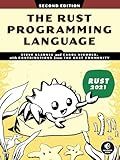
The Rust Programming Language, 2nd Edition


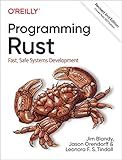
Programming Rust: Fast, Safe Systems Development


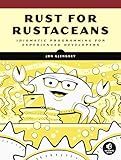
Rust for Rustaceans: Idiomatic Programming for Experienced Developers


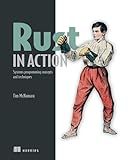
Rust in Action


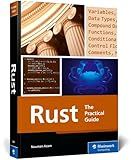
Rust Programming: A Practical Guide to Fast, Efficient, and Safe Code with Ownership, Concurrency, and Web Programming (Rheinwerk Computing)



Command-Line Rust: A Project-Based Primer for Writing Rust CLIs


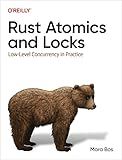
Rust Atomics and Locks: Low-Level Concurrency in Practice


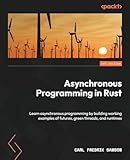
Asynchronous Programming in Rust: Learn asynchronous programming by building working examples of futures, green threads, and runtimes



Effective Rust: 35 Specific Ways to Improve Your Rust Code



Hands-on Rust: Effective Learning through 2D Game Development and Play


In Rust, you can perform HTTP requests using the reqwest crate. This crate provides a high-level HTTP client API for making requests to web servers. To use reqwest, you first need to add it as a dependency in your Cargo.toml file.
You can then create a new Client instance from reqwest::[blocking::Client](https://infervour.com/blog/how-to-block-a-php-file-request-in-nginx). This client can be used to make GET, POST, PUT, DELETE, and other types of HTTP requests. For example, to make a GET request, you can use the get method on the Client instance to create a Request object. You can then send this request using the send method.
Once you have sent a request, you can access the response by calling the text() method on the Response object. This will return the response body as a string. You can also access the response status code, headers, and other information.
Overall, performing HTTP requests in Rust with reqwest is straightforward and provides a convenient and flexible way to interact with web servers.
How to make an HTTP POST request in Rust?
You can make an HTTP POST request in Rust using the reqwest crate. Here's an example of how you can make an HTTP POST request using reqwest:
use reqwest::Client;
#[tokio::main] async fn main() -> Result<(), Box> { let client = Client::new(); let url = "http://httpbin.org/post";
let response = client.post(url) .body("hello=world") .send() .await?;
let body = response.json().await?;
println!("{:?}", body);
Ok(()) }
In this example, we first create a Client instance using reqwest::Client::new(). Then, we specify the URL we want to make the POST request to. We use the post() method to create the POST request and the body() method to specify the body of the request. Finally, we use the send() method to send the request and the [json()](https://coding.ignorelist.com/blog/how-to-get-json-post-request-in-laravel) method to parse the response body as JSON.
This code uses tokio to run the async main function. Make sure to include reqwest and tokio as dependencies in your Cargo.toml file:
[dependencies] reqwest = { version = "0.26", features = ["blocking", "json"] } tokio = { version = "1", features = ["full"] }
Please note that this is a basic example, and you can customize it further based on your specific requirements.
What is the async-http crate in Rust?
The async-http crate is a library for creating asynchronous HTTP clients and servers in Rust. It provides a high-level API for sending and receiving HTTP requests and responses using asynchronous I/O, enabling developers to build fast and efficient networked applications. The crate leverages async/await syntax and the tokio runtime to perform non-blocking I/O operations, making it well-suited for building high-performance web services and applications.
What is the actix-net crate in Rust?
Actix-net is a crate in the Rust programming language that provides low-level networking utilities and abstractions. It is a part of the Actix ecosystem, which is a popular framework for building asynchronous and actor-based applications in Rust. Actix-net includes features for creating and managing network connections, handling socket I/O, and building network protocols. It aims to provide a performant and efficient networking foundation for Rust applications.
